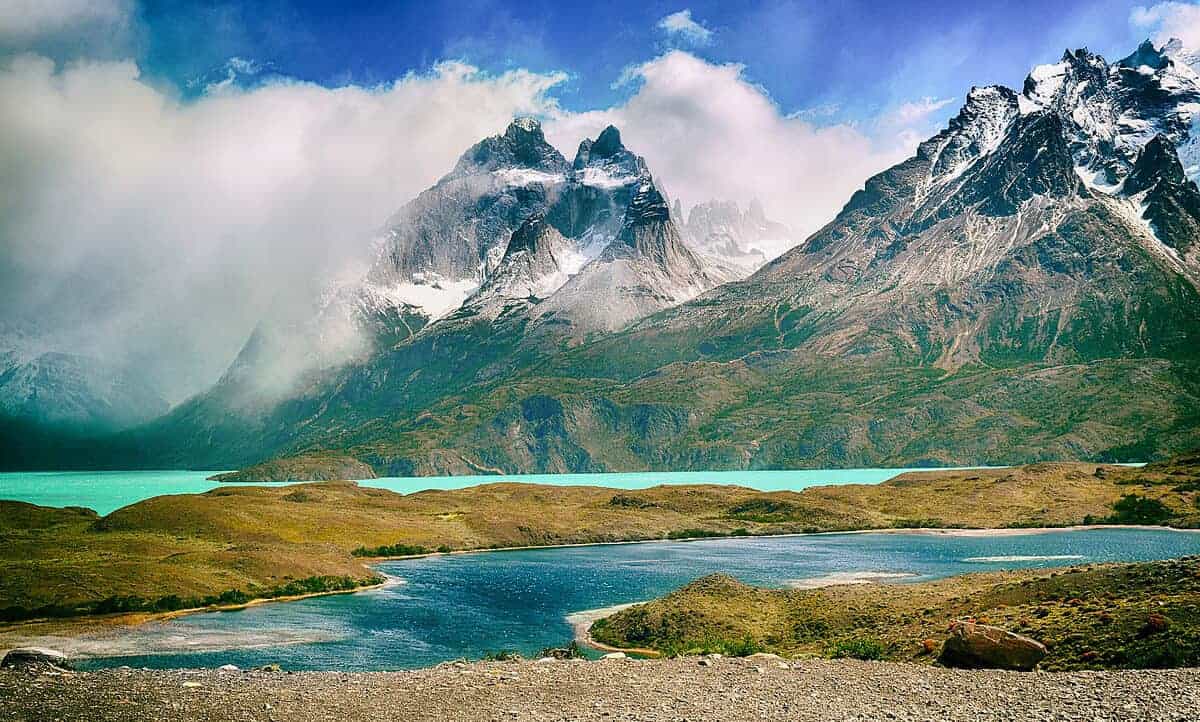
Chile Travel Guide: Where to Go, What to See, and How to do it.
Over 4,000km from north to south but averaging less than 200km from east to west and with the Andes running down practically its whole length, Chile’s unique geography has made it a land of great variation. From the Atacama Desert, the world’s most arid environment, in the north, to Patagonia’s glaciers in the south and encompassing rich forests, soaring mountains and exquisite national parks, a trip to Chile rewards in-depth exploration.
The Top Places to Visit in Chile
-
Santiago
For most visitors arriving by air, Santiago will be the first stop. The Chilean capital is a modern, safe city boasting varied architecture, worthwhile museums and range of good dining options. Set against the backdrop of the Andes, whose mighty peaks rise in the distance, this dynamic, lively and welcoming city is the ideal place to introduce yourself to Chilean culture, history and cuisine before heading off to explore the rest of the country.
Accommodation: we recommend the Hotel Plaza San Francisco. A perfect introduction to Chile after a long flight.
Flying in
Most international travellers entering Chile will fly into Santiago’s Arturo Merino Benítez Airport (airport code: SCL).
-
Torres del Paine National Park
The Torres del Paine National Park in Chilean Patagonia is one of the country’s premier hiking destinations. You can visit on a day trip, undertake the five-day W hike or walk the seven-day circuit known simply as ‘O’. The bizarre geological formations that give the park its name are the most famous attraction and biggest draw, but you also have a good chance of spotting varied and abundant wildlife, including guanacos, flamingos, grey foxes, pumas and Andean condors.
-
San Pedro de Atacama
The small northern town of San Pedro de Atacama, gateway to the Los Flamencos National Park, is one of the most popular tourist destinations in the country. In and around the park can be found a number of unique and unmissable attractions, including El Tatio, a field of around 80 active geysers, and the otherworldly landscape of the Valle de la Luna. There are also pre-Colombian archaeological remains to visit as well as good hiking and even the chance to try sandboarding on the dunes.
-
Easter Island
This tiny, remote speck of land in the vastness of the Pacific Ocean is known the world over for the enigmatic moai, giant carved monolithic statues created between around 400 and almost 1,000 years ago by Polynesian settlers. Of course, every visitor to Easter Island goes there for the moai, but having travelled to one of the world’s remotest locations, you can also take advantage of the opportunities for hiking and diving, explore some of the island’s many caves or simply chill out on one of several enticing beaches.
-
Casablanca Valley
For anyone with an interest in wine, the Casablanca Valley, located just 75km northwest of Santiago, will be an essential stop on any Chilean itinerary. The region is especially famous for its white wines made from the sauvignon blanc and chardonnay grapes that grow well there, and a trip to the valley to tour the vineyards and taste the local product makes a worthwhile excursion.
-
Lake District
The heartland of the indigenous Mapuche people, the Chilean Lake District is a wonderland for fans of outdoor pursuits and adventure sports. With ample opportunities for hiking, rafting, kayaking, canyoning and many more, there is plenty there to keep thrill-seekers entertained. In the winter, the region also offers the intriguing possibility of skiing on the slopes of a volcano, automatically bestowing travel kudos and bragging rights on anyone who tries it.
Costs
-
Visas
Nationals of most countries, including all EU countries, the US, Canada and many Southeast Asian countries, do not require a visa to visit Chile for under 90 days for tourism purposes. Australian nationals can also enter Chile visa-free but must pay a ‘reciprocity fee’ of AUD 176 (USD 107) if arriving at Arturo Merino Benitez International Airport in Santiago. If arriving overland or at another airport, this fee does not apply.
-
Accommodation
Chile has a full range of accommodation options, from international five-star hotels to backpacker hostels offering beds in dorms and cheap private rooms. You will also find hospedajes, something like guesthouses, and hostals, not hostels but rather small hotels.
There are many more choices of accommodation in tourist areas, and prices fluctuate according to the season. During busy periods, you are advised to book ahead.
Dorm beds start at around USD 15 and hostel privates at around USD 40. A private room with bathroom in a mid-range hotel will set you back about USD 70-90 while for a room in a top-end hotel, you will be looking at USD 140 and up.
Have a look at Booking.com for accommodation options.
-
Food
As with many South American countries, modern Chilean cuisine is a fusion of indigenous cooking and Spanish culinary tradition using the ingredients locally available. Influences of later European immigrants, notably Germans in the south, as well Italians and French, are also apparent.
Due to Chile’s unique shape and diverse geography, traditional dishes, of which there are a large number, vary greatly from one end of the country to the other. You can find asado (grilled meat) throughout the country, but in the north, animals like alpaca are most typically eaten. With such an extensive coastline, it is unsurprising that Chile boasts a wealth of seafood. Look out for sopa de mariscos (seafood soup), jaibas rellenas (stuffed crabs) and many more dishes from the ocean. The food of the south is heavily influenced by the indigenous Mapuche culture and has also absorbed traditions from German migrants who made the area their home.
Breakfast is usually light and consists of toast and coffee, while dinner is taken late, between 9pm and midnight. The most substantial, elaborate and leisurely meal of the day is lunch, which is served between 1pm and 3pm. A snack or light meal known as onces is also taken between around 5pm and 7pm and consists of something like a sandwich and a pastry.
A basic lunchtime menu with a drink will cost around USD 9, a bottle of local beer is about USD 1.30 in a supermarket (but often more in a bar or restaurant), and a decent bottle of wine is about USD 5-6.
-
Transport
Compared to some of the other countries in the region, transport in Chile is modern, comfortable and efficient. Due to the shape and size of the country, plane travel can be a useful way of saving time on long-distance journeys, although — again, due to Chile’s shape —these often involve stopovers, which can slow things down.
Buses are the backbone of the country’s transport network and can take you almost anywhere. Turbus and Pullman are the two biggest companies. Services onboard vary depending on the bus you take, and prices fluctuate according to demand.
Local transport needs are met by micros (a kind of minibus), and colectivos (shared taxis with fixed routes), and taxis.
This destination guide is contributed by Bookmundi. They arrange tours all around the world, Chile being one of many popular destinations.

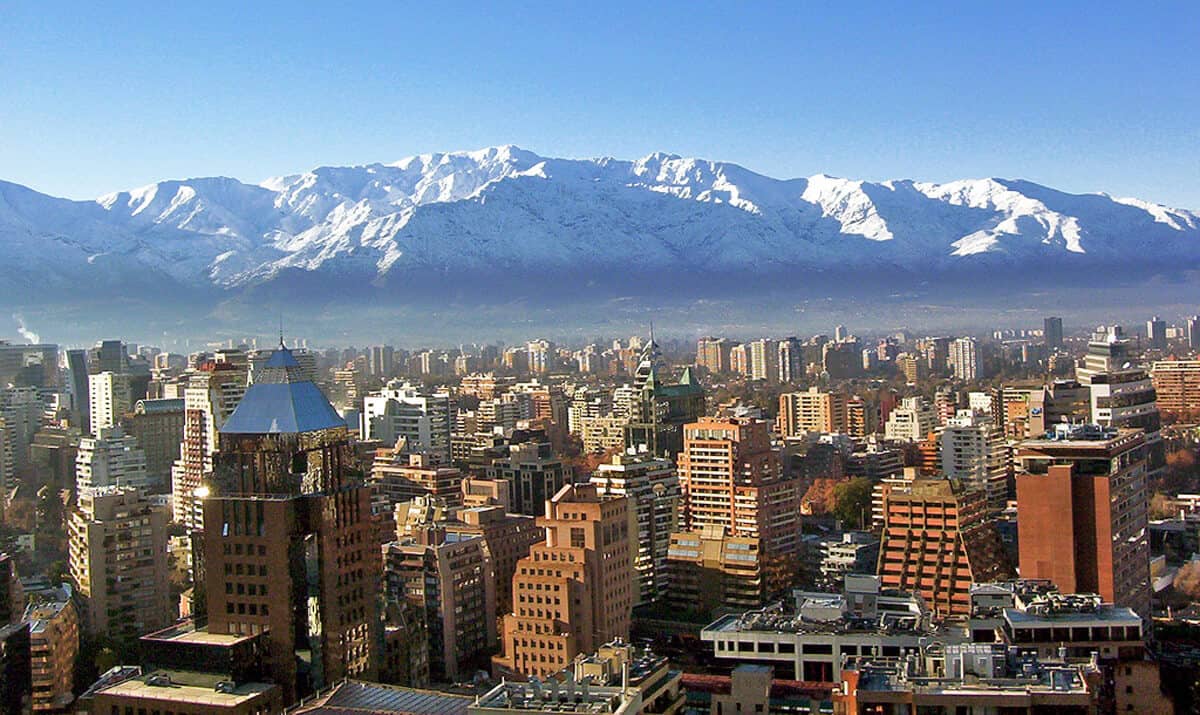


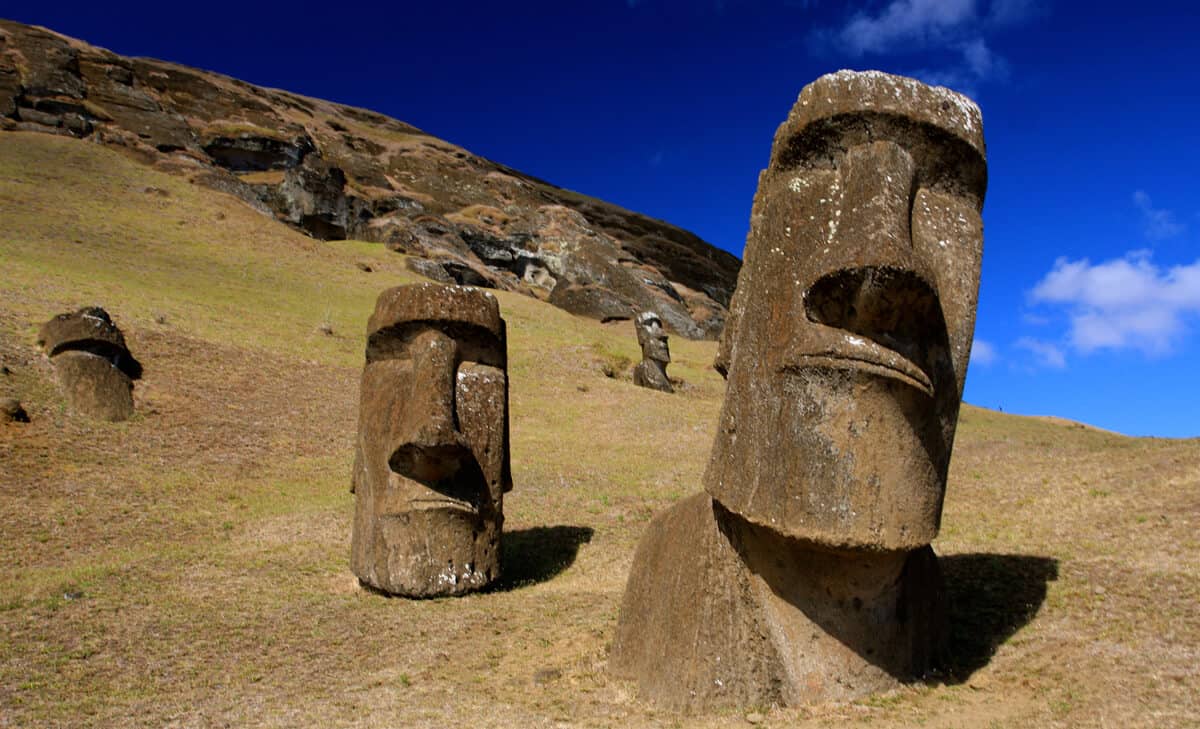
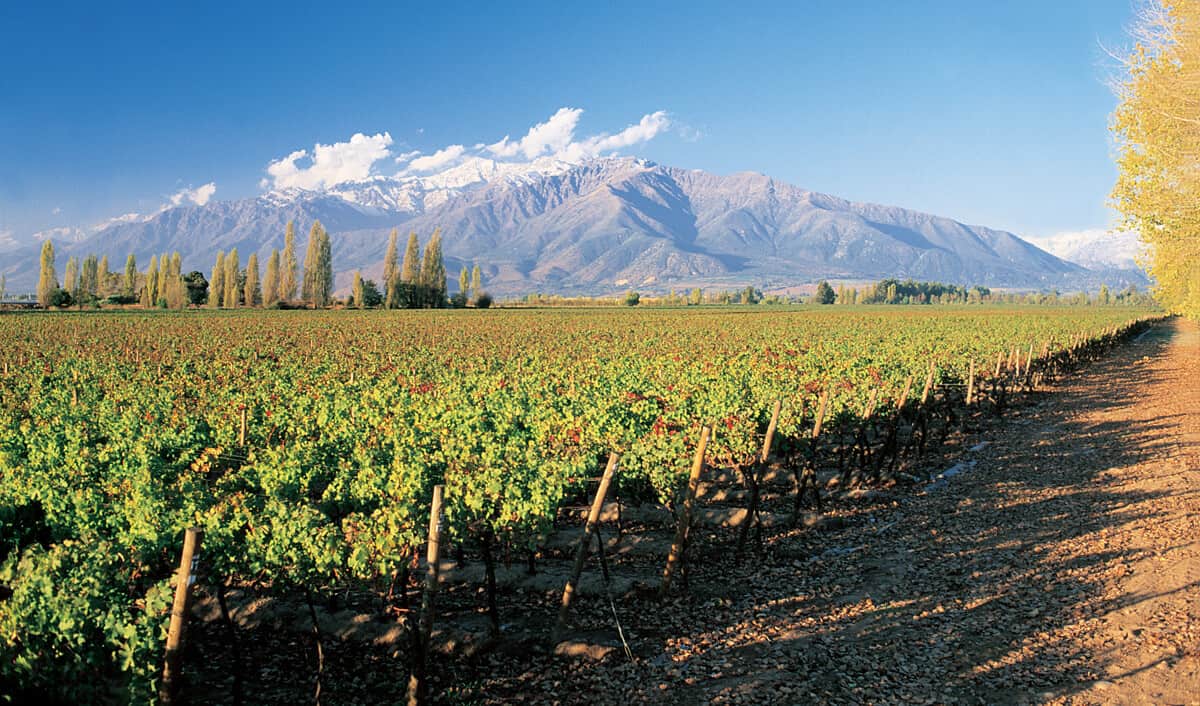
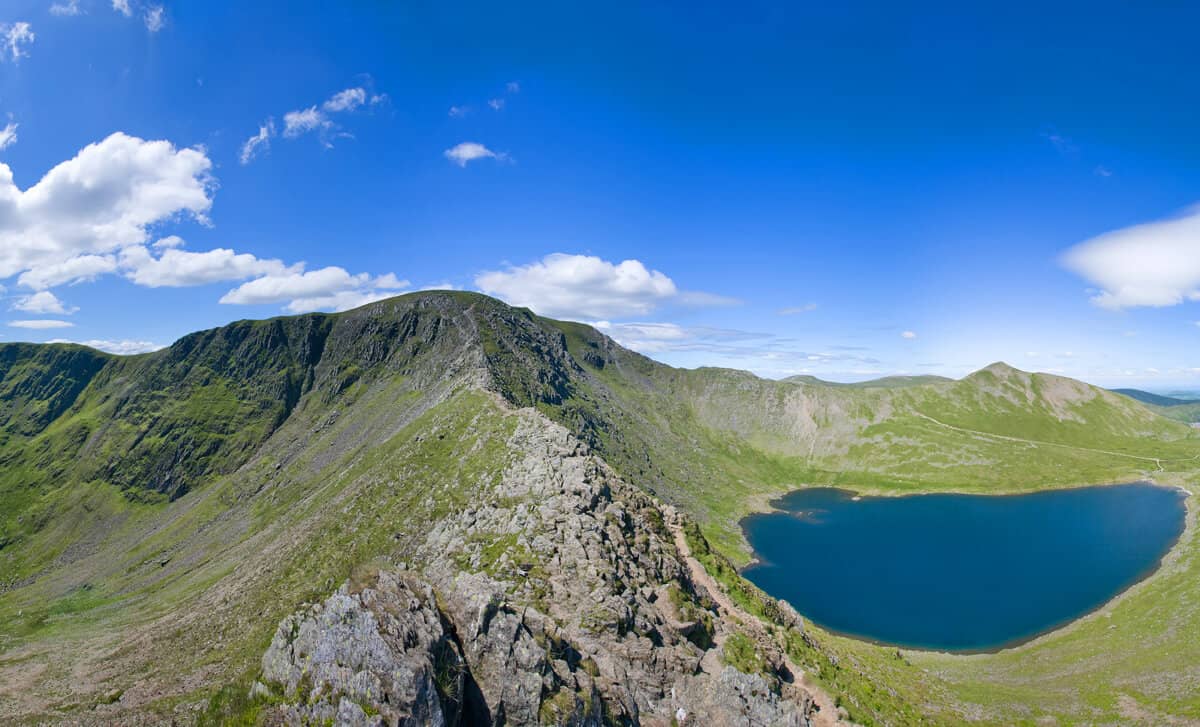
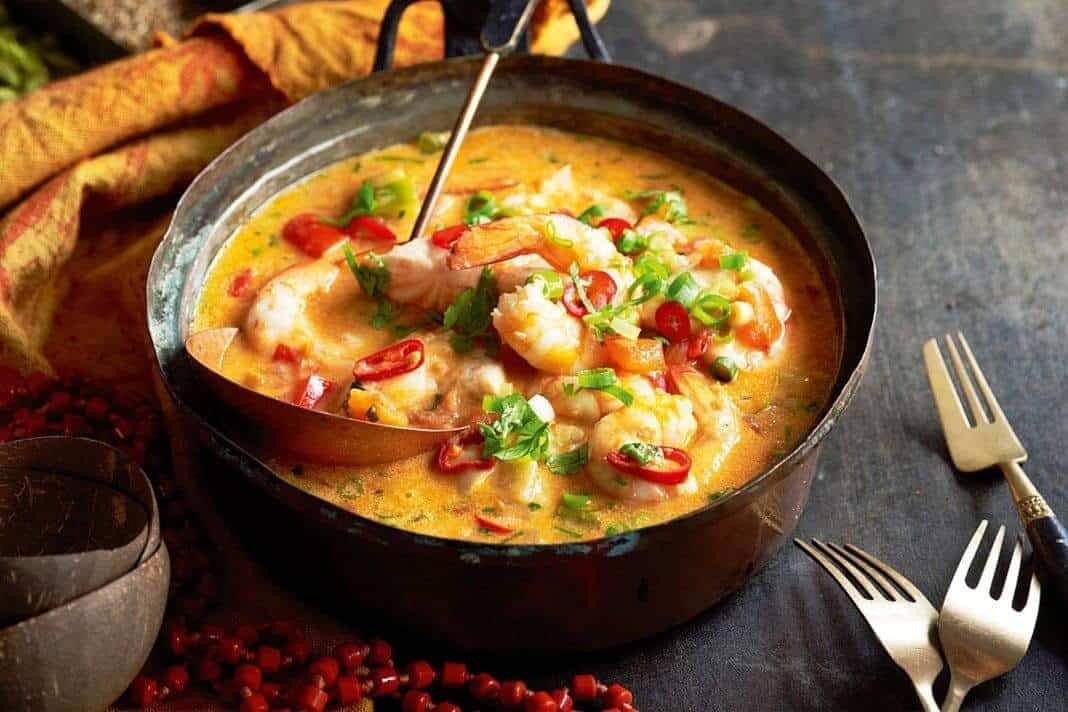

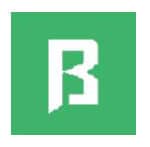
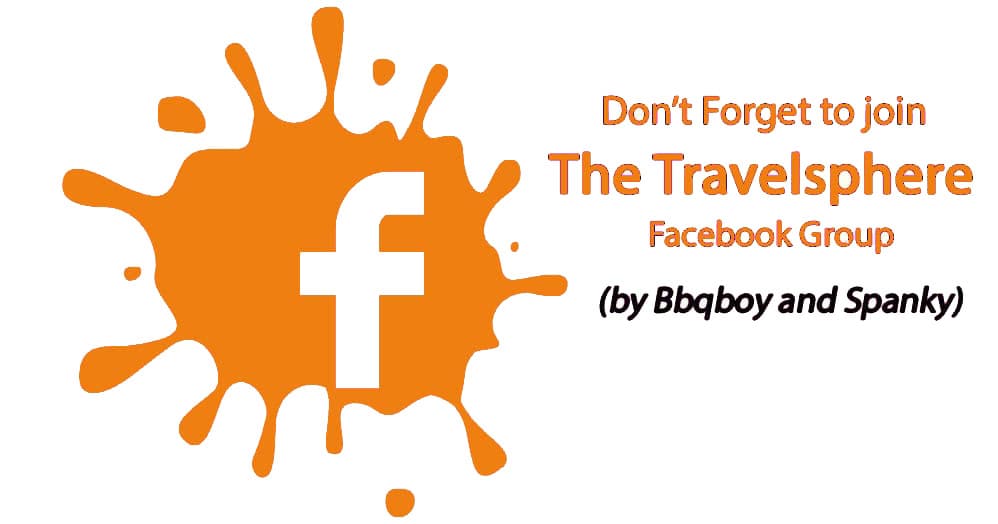

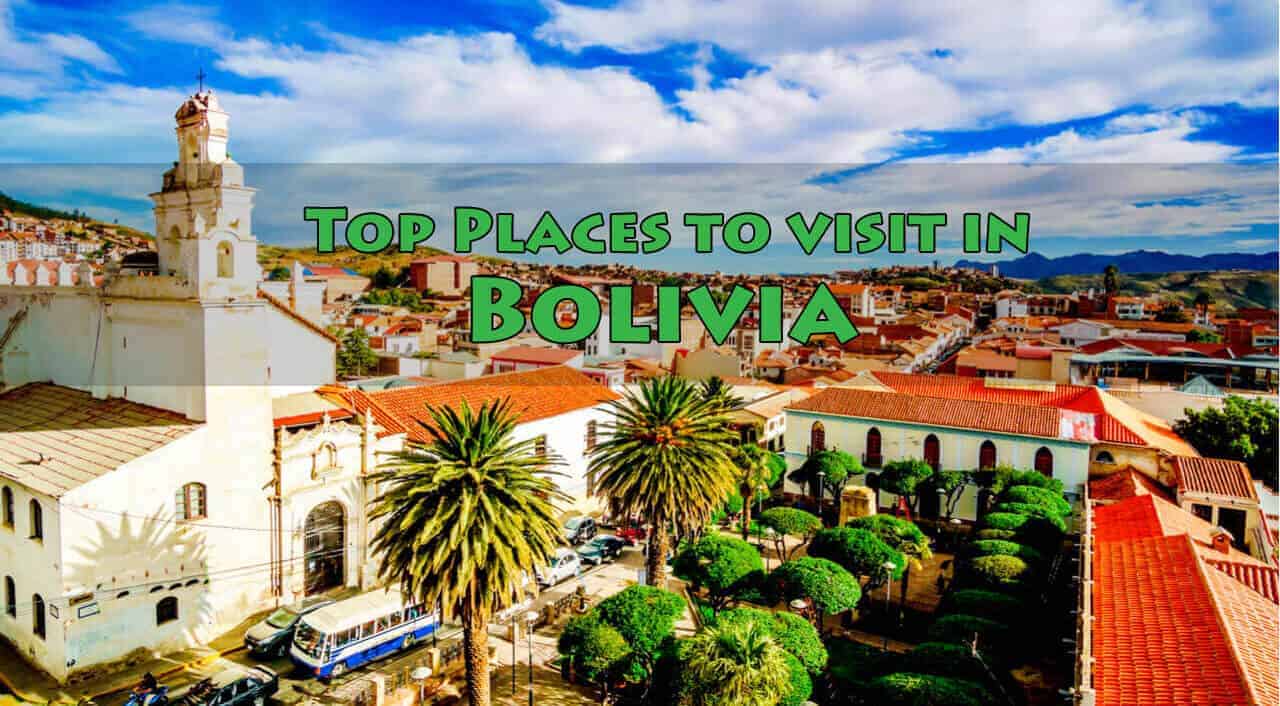

Hello,
I have just started reading your blog and look forward to reading more… wanted to let you know that the airport code used in the blog for Santiago’s international airport is as SLC, but is actually SCL… wouldn’t someone be disappointed to land in Salt Lake when expecting to go to Chile?
Happy Trails!
Ha! Thank you, I will fix that.